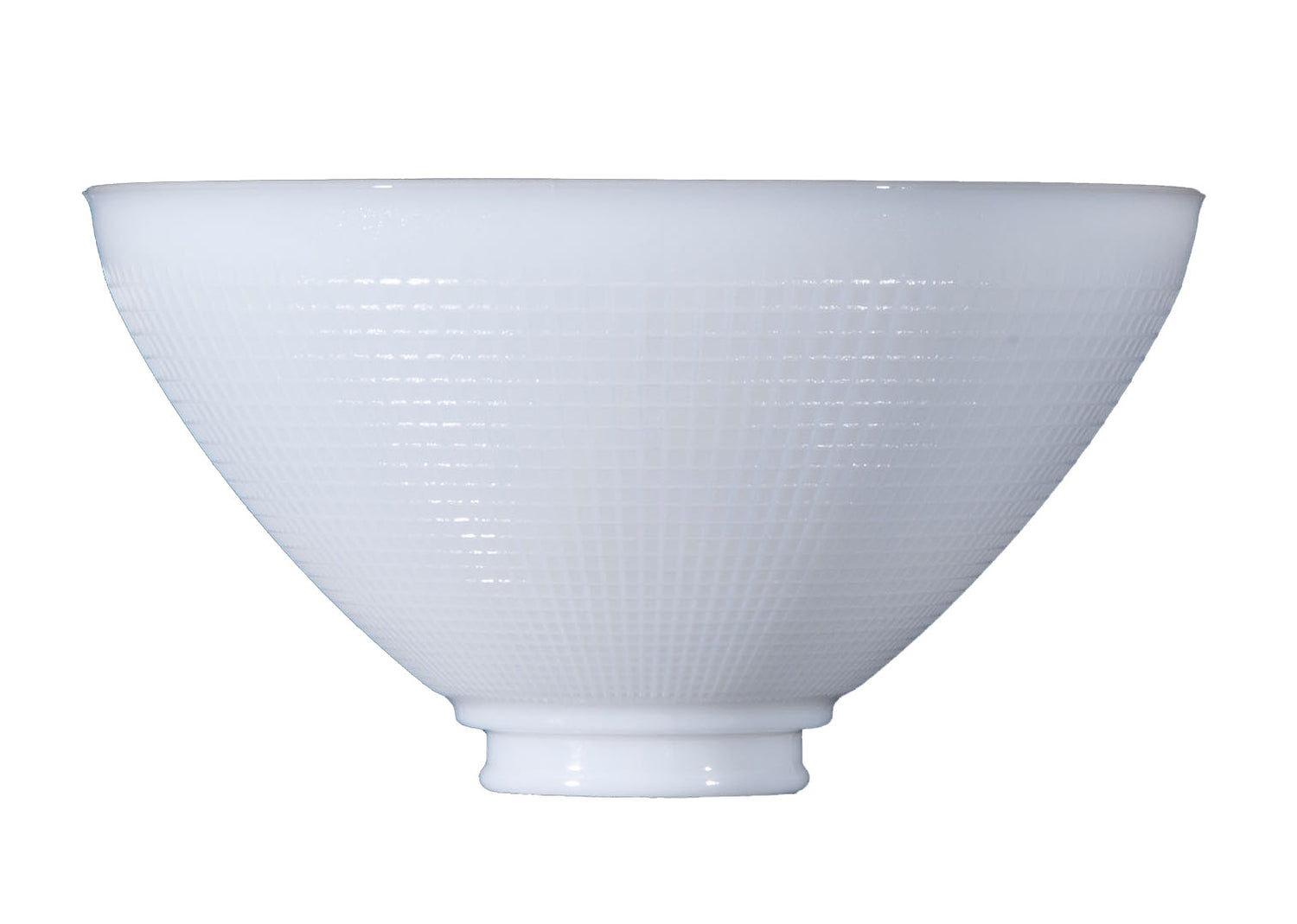Antique Lamps for Park and Street Lighting
Hyde Park in Central London is a top destination for tourists and locals alike. All along the curving sidewalks, visitors can find traditional gas lamps that appear to be stylized in the Victorian theme. Gas street lighting is a European legacy. In fact, you can still find operational gas lamps in Amsterdam, Berlin, Vienna, and an array of other cities. Although gas lighting is quickly being replaced by contemporary lighting, we think it would be a terrible shame to let an antique lamp go to waste when you can use it to illuminate a local park or street. In this guide, we explain some of the most common kind of lamps found in parks throughout the world, as well as ways you can modernize any outdoor space.
Creating Ambiance with Park Lighting
Paris is often referred to as the "City of Light." During the mid-nineteenth century, Baron Georges Eugene Haussman was appointed by Napoleon III to modernize Paris. He installed 15,000 gas lights to make Paris a safer place. Plus, the Parisian people could walk, shop, and socialize after dark. In New York City, at least 100 historic, cast-iron lampposts, brackets, and pedestals survive to this day. "Boulevard" lighting systems and ornamental lampposts can be found on Fifth Avenue and in parts of Central Park. However, Berlin is home to the largest collection of gaslights and gas lamps. Approximately 43,500 of the original 80,000 light fixtures still function today.
Archetype Lamps: Otherwise known as the Schenkel luminaire (Schinkelleuchte), the archetype lamp was a primary source of lighting in various localities of Berlin since 1892. The original design included two gas mantles. By the 1950s, archetype lamps such as these were converted to include four mantles. As a result of this conversion, most of the existing Schenkel luminaires in Berlin were replaced with top-piece lamps. In areas such as Spandau, the archetype lamps are mounted to ornate masts or wall brackets. You can locate many of these iconic luminaries in the areas surrounding Charlottenburg Palace. Archetype lamps were designed for symmetrical illumination. There are also many candelabras that have between two and five lamps. Some Schenkel lamps feature square or octagonal bases.
In-Line Lamps: As one of the last major developments in gas lighting, the in-line lamp still plays an important part in everyday lighting. You can find in-line lamps at many of Berlin's high traffic areas and broad roads. The in-line lamp was developed by German engineer Wilhem Hilterhaus in the 1950s. "BAMAG U13H" lamps came in three sizes with four, six, or nine mantels. Although they are still operational in Frohnau and other southern districts, in-line lamps will be some of the first gas lights to go if the Senate decides to replace them with LED light bulbs.
Suspended Lamps: Suspension lamps weren't used until the 1920s to 30s. Suspended light fixtures of this time had a distinct advantage over traditional street or park lighting due to the fact that they are designed at a higher position. Lamps such as these were ideal for busy roadways. Suspension lamps usually have four or nine gas mantles and the designation "BAMAG A11." Hanging lamps usually have four or nine mantles, while pendant lights are mounted to richly decorated masts.
Top-Piece Lamps: Since the 1920s, top-piece lamps have been the most omnipresent gas lamp in all of Berlin. The design used in its present form with the designation "BAMAG U7" has been used since the 1950s to replace archetype lights and older attachment lights. Top-piece lamps also reduced the distance between lanterns. Most top-piece lights have either four or six mantles, though six mantles are rare and difficult to find. Like the archetype lamp, the head of a top-piece lamp is mounted on compound pillar masts or normal steel masts. Gas flows through the masts, so the lamps cannot corrode from within. You can still find lamps with conical rooves made of black Bakelite in Köpenick, Biesdorf, Kaulsdorf, Mahlsdorf, and other districts. Otherwise, top-piece lamps are primarily found in residential neighborhoods.
Parks, streets, and other parts of any major city have relied on primitive lighting since the start of the nineteenth century. hope that this article provides inspiration for how antique lamps are used in parks and on streets to this day.

